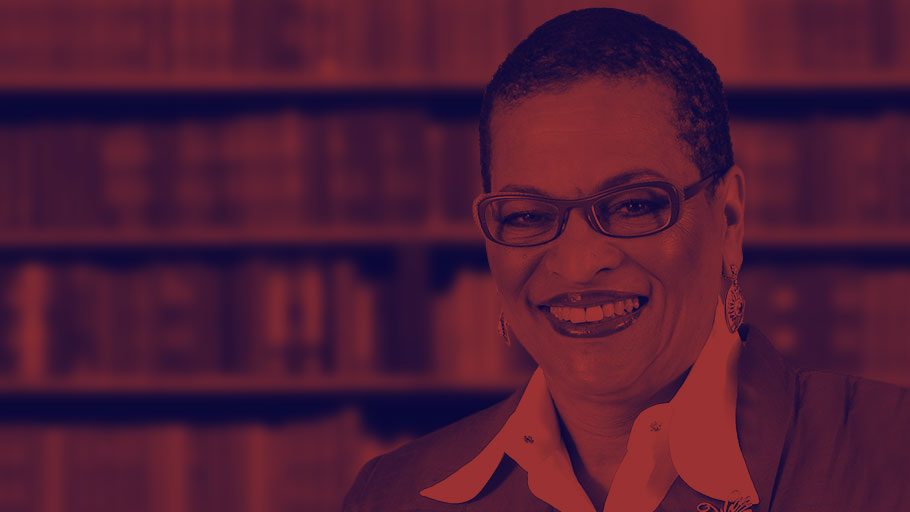When you leave the United States, you’ll often find “cultural tourism”, or the opportunity to enjoy a culture and also purchase trinkets or more substantial items in markets around the world. In Ghana, we look for kente cloth, statues, and masks. In other African countries, the offerings are often similar, but Zimbabwe is known for its marvelous and distinctive Shona sculpture. South African offers Ndebele dolls, among other items. And so it goes.
During my recent trip to Peru, I had the opportunity to buy genuine baby alpaca scarves, shawls, and even a coat. We also had an example of cultural tourism, perhaps at its worst, when we went to a village off the Amazon River and were allowed to go into a family’s home to “see how they lived”. Was their poverty exaggerated? It’s not clear that it was. But behind one closed door was a television set that contrasted sharply with the simple life our guards said people lived. Our visit to a classroom, too, was lovely and charming, except that the children had been clearly prepped for us. I suppose there is no harm in the show and tell, but in some ways it raised a myriad of questions, and offered few answers.
The cultural tourism in Peru got me to thinking about that which we offer in the United States. With the building of the King Monument in Washington, DC, along with the city’s many other attractions, including the Frederick Douglas Museum, the Museum of African Art, the Native American Museum, Howard University, the new Howard Theatre, and so much more, Washington ought to be a prime location for African American cultural tourism. Never mind that chocolate city has turned neopolitan, it’s not yet chocolate chip, and the presence of African American culture is strong.
There are African American heritage and history museums all around the country, museums that did not exist half a century ago. They all are important and stunning enough to visit, including the Birmingham Museum of Civil Rights, the International Civil Rights Museum in Greensboro, North Carolina, the Charles H. Wright Museum of African American History Detroit, the California African American Museum in Exposition Park in Los Angeles, the Museum of the African Diaspora in San Francisco, the Underground Railroad Museum in Cincinnati, and the National Civil Rights Museum in Memphis at the Lorraine Hotel where Dr. King was shot. There are other historic sites and points of interest, including the King Center in Atlanta, Georgia, where both Dr. King and Coretta Scott King are encrypted. Apart from the museums, all of these cities offer rich opportunities to explore African American history, and to provide children with both context and education.
I was motivated to write this column when a friend shared that she plans to take her two grandchildren to Disney World in Florida this summer. I have no inherent objection to Disney World, or at least none that I will go into in this space. However, young people are often exposed to amusement parks and far less frequently exposed to our history. And with the cultural wars raging, too few public schools (and even colleges) are offering adequate information about African American history, culture, and heritage. Thus a young white boy felt okay about a tribute to Dr. Martin Luther King that included wearing blackface. What was he thinking? What were his parents thinking? Their actions were a result of cultural ignorance, and a lack of knowledge about history.
Similarly, young African Americans show a singular lack of knowledge when they bandy the “n—“ word about. Sure, some say they do it to remove the historical stigma of a word that has been used to denigrate our people. However, from my perspective, it offers ignorant whites, who relish use of the racial slur anyway, to question why African American people can use the word while white people can’t.
Cultural tourism in the United States can’t erase all of the ignorance out there, but knowledge is power and our young people, if not all Americans, can certainly benefit from cultural sites in the United States. In any case, from my perspective, you’d learn a lot more than you would from a trip to Disneyland.















